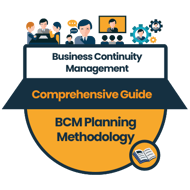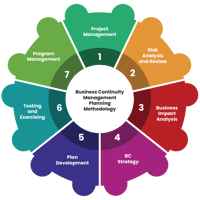Understanding ISO 22301 and Regulatory BCM Standards
This chapter explores the foundational standards for Business Continuity Management (BCM) systems, focusing on the International Organisation for Standardization (ISO) 22301 and aligning your BCM program with relevant regulatory BCM standards specific to your industry.
ISO 22301: The Cornerstone of BCM Systems
The ISO 22301 standard provides a globally recognised framework for establishing, implementing, operating, and maintaining an effective BCM system.
It outlines a structured approach organisations can follow to build resilience and ensure business continuity during disruptions.
Key aspects of ISO 22301 include:
 Plan-Do-Check-Act (PDCA) Cycle. This continuous improvement cycle forms the core principle of ISO 22301, promoting ongoing development and refinement of the BCM program.
Plan-Do-Check-Act (PDCA) Cycle. This continuous improvement cycle forms the core principle of ISO 22301, promoting ongoing development and refinement of the BCM program.- Incident Response. Establishing procedures for effectively responding to and managing disruptive events.
- Management Commitment. Demonstrating leadership's active support and involvement in the BCM program.
BCM Planning Methodology
 Risk Analysis and Review (RAR). Identifying potential threats and vulnerabilities that could disrupt critical business functions (CBFs).
Risk Analysis and Review (RAR). Identifying potential threats and vulnerabilities that could disrupt critical business functions (CBFs).- Business Impact Analysis (BIA). Understanding disruptions' potential financial and operational impact on CBFs.
- Business Continuity Strategy (BCS). Based on the BIA and RAR, develop a strategy that outlines the organisation's overall approach to continuity.
- Business Continuity Plan Development (PD). Creating documented plans outlining recovering critical business functions after a disruption.
- Testing and Exercising (TE). Regularly test and exercise BC Plans to ensure their effectiveness and identify areas for improvement.
Regulatory BCM Standards: Industry-Specific Requirements
While ISO 22301 provides a comprehensive framework, many industries have additional regulatory BCM standards that organizations must comply with. These standards often build upon the foundation of ISO 22301 and address specific risks and vulnerabilities relevant to that particular industry.
Here are some critical considerations for regulatory BCM standards:
- Identify Applicable Regulations. Financial institutions, for example, may need to comply with BCM guidelines set by their central banks, such as the Monetary Authority of Singapore (MAS) or Bank Negara Malaysia (BNM).
- Understanding Regulatory Requirements. Each regulatory standard may have specific requirements related to risk assessment methodologies, acceptable recovery time objectives (RTOs) for critical functions, or reporting procedures following disruptions.
Aligning BCM with Both Standards
Organisations can achieve a robust BCM program by aligning their system with ISO 22301 and relevant regulatory standards. This ensures a comprehensive approach that addresses industry-specific risks while adhering to internationally recognized best practices.
Here are some benefits of this dual approach:
- Enhanced Resilience. Combining best practices with industry-specific regulations strengthens the organization's ability to handle disruptions specific to their sector.
- Demonstrable Compliance. Alignment with regulations showcases commitment to regulatory requirements and potentially avoids penalties or sanctions.
- Competitive Advantage. A strong BCM program can be a differentiator, demonstrating proactive risk management to customers, investors, and other stakeholders.
Summing Up ...
Understanding and adhering to ISO 22301 and relevant regulatory BCM standards is crucial for establishing a robust and effective BCM program.
By following this combined approach, organizations can ensure high business continuity and preparedness for disruptive events.
More Information About Blended Learning Auditing BCMS Courses
BCM Institute offers two levels of BCM auditing courses: A-3 BCM-8030 ISO22301 BCMS Auditor [A-3] and the ISO22301 BCMS Lead Auditor [A-5].
 |
![TMM [BL-A-5]](https://no-cache.hubspot.com/cta/default/3893111/e7af9322-15cb-412d-91b6-59cd388ee6e9.png) |
![Register [BL-A-5]](https://no-cache.hubspot.com/cta/default/3893111/bb38417e-6241-4057-b90c-f319f31a494e.png) |
 |
 |
 |




![Email to Sales Team [BCM Institute]](https://no-cache.hubspot.com/cta/default/3893111/3c53daeb-2836-4843-b0e0-645baee2ab9e.png)



